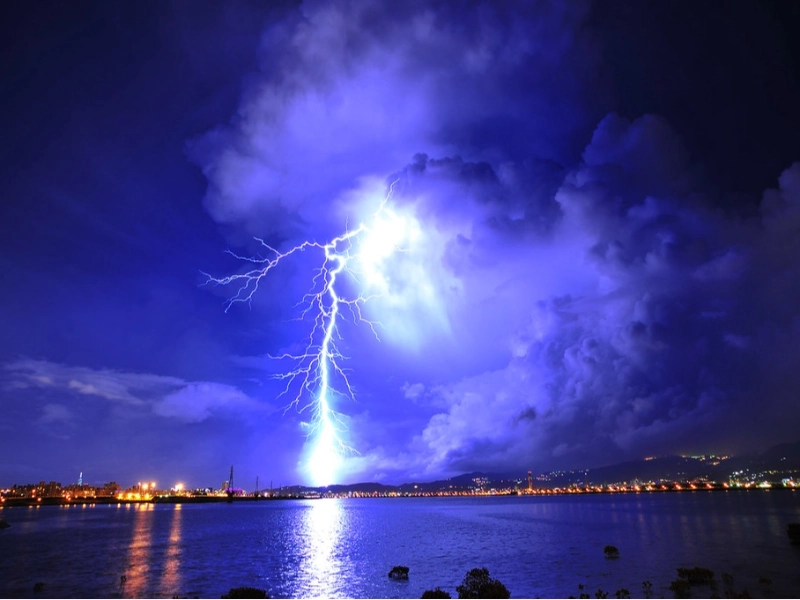Superbolt Lightning: The Sky's Sword Spanning Hundreds of Kilometers
Advertisement
1. The Basics of Lightning: A Refresher

Advertisement
A potent exhibition of nature's raw energy, lightning is a natural electrical phenomena that has enthralled humans since time immembered. First one must grasp the principles of conventional lightning if one is to really appreciate the remarkable character of super lightning. Fundamentally, lightning results from an electrical imbalance between positively and negatively charged particles either within a cloud or between a cloud and the earth. When strong enough, this imbalance generates an electric field that breaks down the air and conducts electricity, producing the recognisable flash of light connected with thunderstorms.
High in the atmosphere, lightning production starts with ice particles in clouds interacting and exchanging electrical charges. An electrical field generates as these charges divide and gather in various sections of the cloud. This field opens a channel for the lightning to follow when it gains strength sufficient to overcome the resistance of the air to electrical flow. Often referred to as a stepped leader, this path descends in a sequence of brief, branching steps. A strong upward streamer rises to meet it when it approaches the earth. Once linked, a strong electrical current moves between the cloud and the earth to produce the brilliant flash seen as lightning.
Usually spanning few kilometres in length, regular lightning bolts endure only a fraction of a second. Though fleeting, these electrical discharges are quite strong and can reach temperatures of up to 30,000 degrees Celsius (54,000 degrees Fahrenheit)—about five times hotter than the surface of the sun. With lightning striking the Earth's surface roughly 100 times every second, the frequency of lightning is estimated to be staggering 1.4 billion flashes yearly worldwide.
For our planet, lightning has a major and varied influence. By turning atmospheric nitrogen into molecules fit for usage by plants, it is absolutely vital in the nitrogen cycle. Lightning can also start wildfires, therefore influencing ecosystems in different ways, and help to produce ozone in the lower atmosphere. From a human standpoint, lightning causes great hazards including many deaths and injuries annually as well as major property damage. Still, it is also a vital field of research since it offers understanding of atmospheric dynamics, climatic trends, and the electrical character of our planet.
Not only is appreciating the occurrence of super lightning dependent on an awareness of the fundamentals of lightning, but also better forecast and defence systems depend on this knowledge. Our ongoing research on lightning in all its forms yields important insights that have applications in everything from meteorology and climate science to electrical engineering and safety procedures. With this basis in place, we can now focus on the remarkable occurrence of super lightning, a manifestation of atmospheric electricity that transcends human comprehension and questions our ideas of what is feasible in nature.
Advertisement
You May Like

